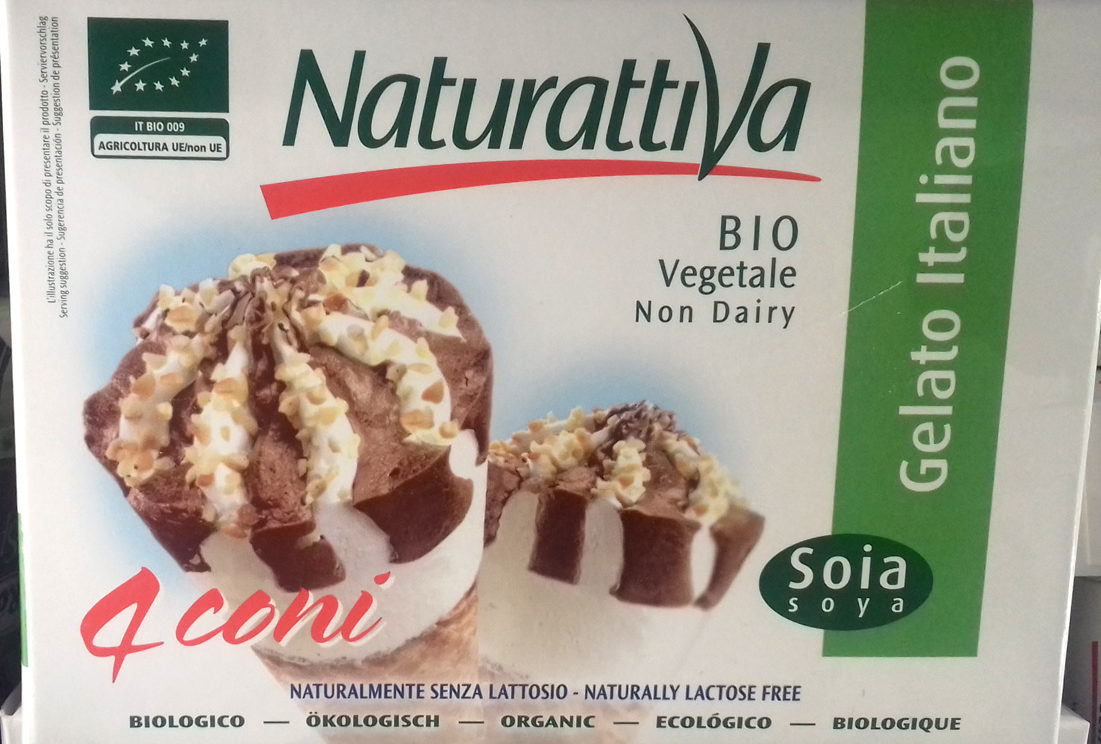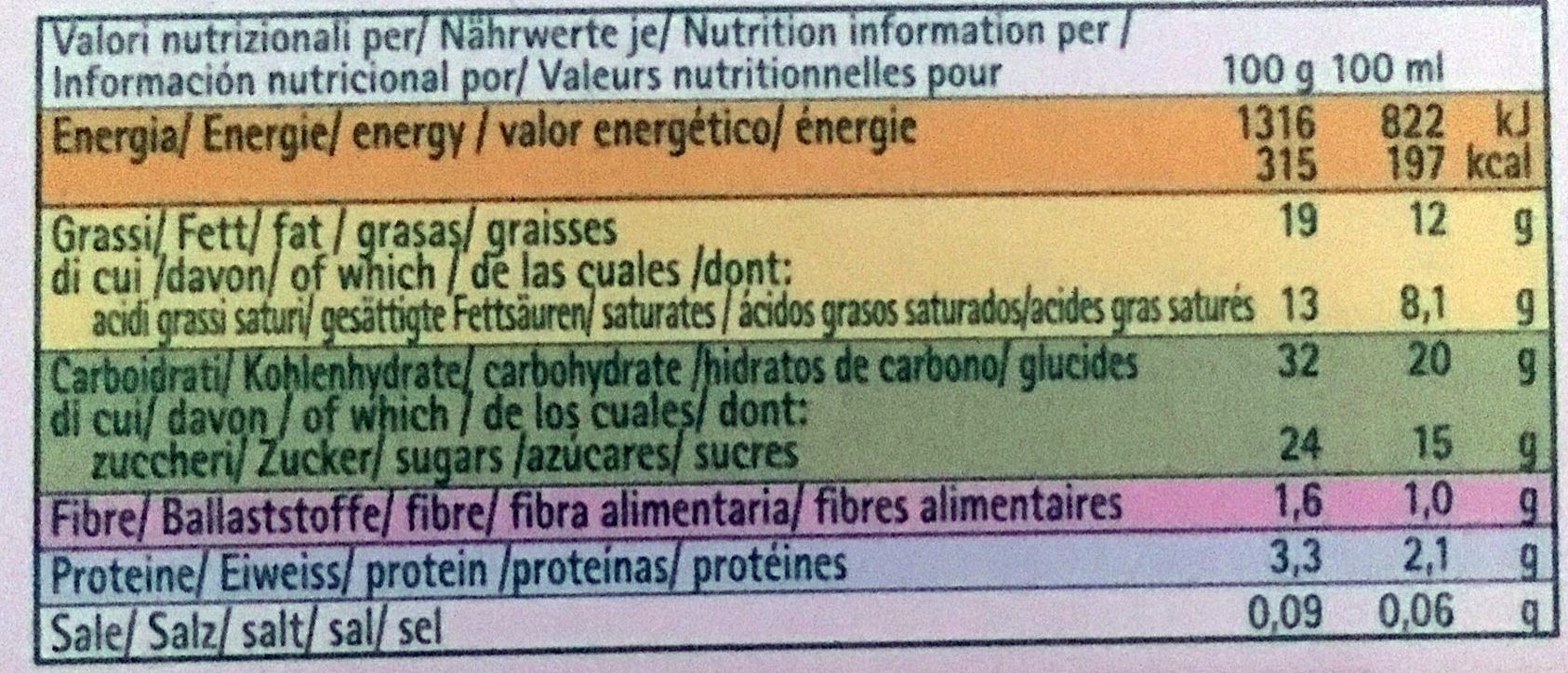Cônes Soja Chocolat - Naturattiva - 4*120 ml - 480 ml / 4*75 g - 300 g
Aquesta pàgina del producte no està completa. Podeu ajudar a completar-la editant-la i afegint-hi més dades a partir de les fotos ja disponibles, o fent-ne més amb l'aplicació de androide o iPhone / iPad. Gràcies!
×
Codi de barres: 8006040710826 (EAN / EAN-13)
Nom comú: Dessert glacé végétal a base de soya avec gaufrette. Biologique.
Quantitat: 4*120 ml - 480 ml / 4*75 g - 300 g
Empaquetament: en:Box, Cartó, en:Frozen
Marques: Naturattiva
Categories: Aliments i begudes amb base vegetal, en:Dairy substitutes, Postres, Aliments congelats, Postres congelats, Sorbets i gelats, en:Plant-based ice creams, en:Plant-based ice cream cones
Etiquetes, certificacions, premis:
Orgànic, Vegetarià, Orgànic UE, Agricultura No-UE, Vegà, 100% vegetal, Agricultura UE, Procedent d'agricultura UE/no UE, Punt verd, IT-BIO-009, Sense lactosa, fr:Agricultura UE/no UE

Llocs de fabricació o processament: Italia
Enllaç a la pàgina del producte en el lloc oficial del productor: https://www.naturattiva.com/prodotto/gel...
Botigues: Carrefour, El Corte Inglés, Hipercor
Matching with your preferences
Entorn
Empaquetament
Transport
Espècies amenaçades
Etiquetes
Report a problem
Fonts de dades
Producte afegit per kiliweb
Última modificació de la pàgina del producte per roboto-app.
La pàgina del producte, també editada per moon-rabbit, neptuno, nouky20, openfoodfacts-contributors, packbot.












